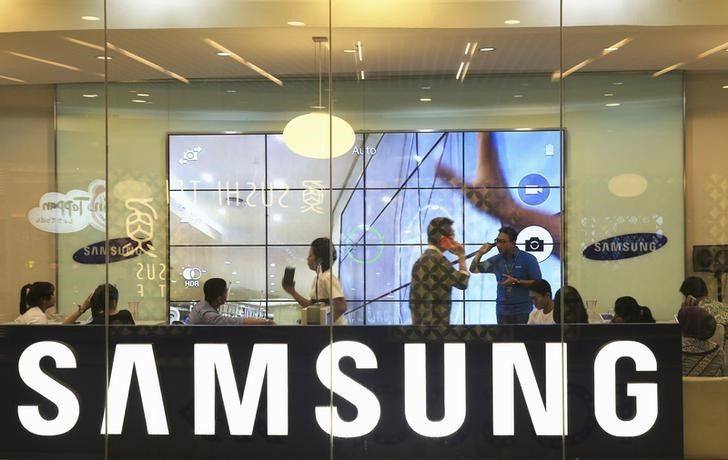Samsung will supply OLED panels for future iPhones
Apple may replace LCD panels with OLED displays in and around 2018.

In the last few years, the overwhelming popularity of OLED displays prompted smartphone manufacturers to replace LCD panels with the same. Since 2015, there were several reports hinting that Apple might introduce OLED panels for its 2016 iPhone and iPad models.
A recent report in ET News revealed that Samsung Display will supply Flexible OLEDs (Organic Light-Emitting Diode) for future Apple iPhones. Samsung has reportedly signed a deal of about $US7.47 billion (AU$10.77) in the next few years to cater to Apple’s demands.
The Korean company will reportedly invest between US$2.49 billion (AU$3.59 billion) and US$3.32 billion (AU$4.79 billion) in 2016 to amplify its OLED production. This investment will translate into an enhanced production of 30,000 to 45,000 OLED sheets per month, reports GforGames.
The report also mentions that in 2017, the world’s leading OLED supplier will again invest US$6.64 billion (AU$9.58) for additionally producing 45,000 sheets per month. Samsung may further invest an additional US$830 million (AU$1197.43 million) to supply OLED panels for Galaxy handsets and other Chinese smartphone manufacturers.
The Cupertino giant is expected to ditch the LCD displays to introduce OLED panels for its iPhone lineup tentatively around 2018. Apart from Samsung Display, Apple may also consider other suppliers including AU Optronics, LG and Japan Display. However, there is no official announcement in this regard.
Industry data revealed that Samsung Display dominates the global AMOLED panel market with a whopping 95.8 percent market share. In the third quarter results global sales of AMOLED panels reached record high with the shipment of 79 million units, as reported by Korea Herald in December 2015.
An organic light-emitting diode (OLED) display emits light in response to an electric current. With the passage of time, OLED displays are gradually becoming the new benchmark for premium mobile devices. Industry experts predict that there are possibilities that the technology will eventually replace LCDs in most cases.



















